Backlash against unrealistic and alienating beauty standards and their portrayal in the media is reaching fever pitch. Consumers are calling for images and products with which they can identify—and brands are listening. Acknowledging physical characteristics like body hair and stretch marks, honest and diverse representation is becoming the new norm. Designers and retailers are debuting campaigns featuring people with disabilities and mindfully designed clothing lines, marking the fashion and media industries’ latest step towards authenticity and inclusion.
Disability representation marks the latest step towards diversity and inclusion among mass-market brands.
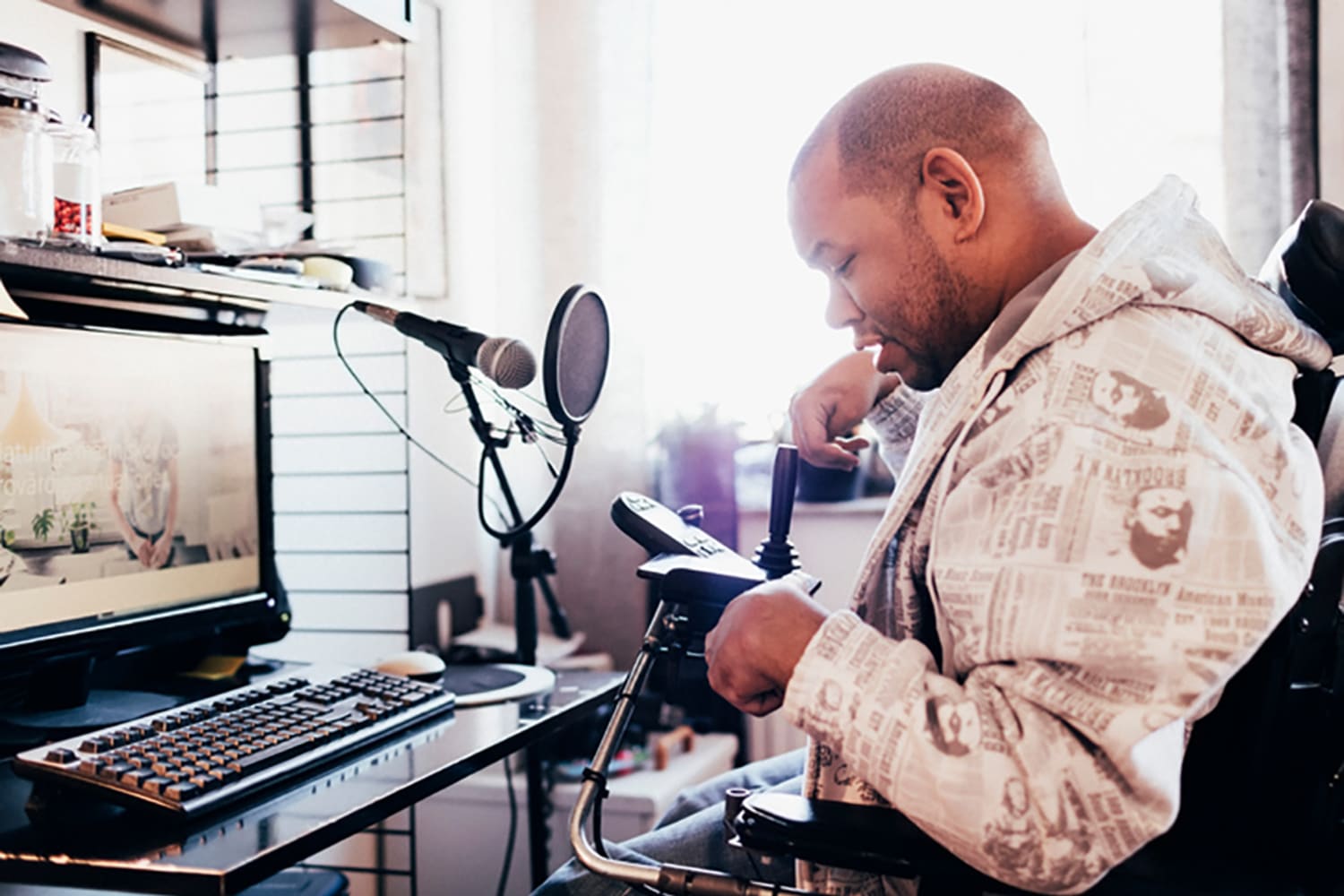
In 2015, the US Census Bureau reported that there are 40 million Americans with a disability. But, while 20% of the population have a disability, less than 2% of media imagery features people with disabilities. Oath and Getty Images are working to amend this with The Disability Collection, a new library of stock images featuring authentic people with disabilities in everyday settings, including a man using a power wheelchair to record a podcast on his computer. This refresh clearly strikes a chord with users; Getty Images’ customer search data revealed increased searches for disability-related imagery between 2016-2017, with searches for “wheelchair access” increasing 371% year on year and searches for “disabled worker” rising by 254%.

The collection, which launched on May 17, 2018 in collaboration with Oath and the National Disability Leadership Alliance, offers a more accurate and inclusive representation of consumers. “What you’re frequently seeing is this idea of disabled as lesser, disabled as something that needs to be fixed,” says artist and activist Ace Ratcliff, who is featured in the campaign. “I don’t need to be fixed from what I am. I just want to be included.”
Brands and retailers are taking heed, expanding their lines to include those with disabilities or special needs and diversifying representation in their campaigns.

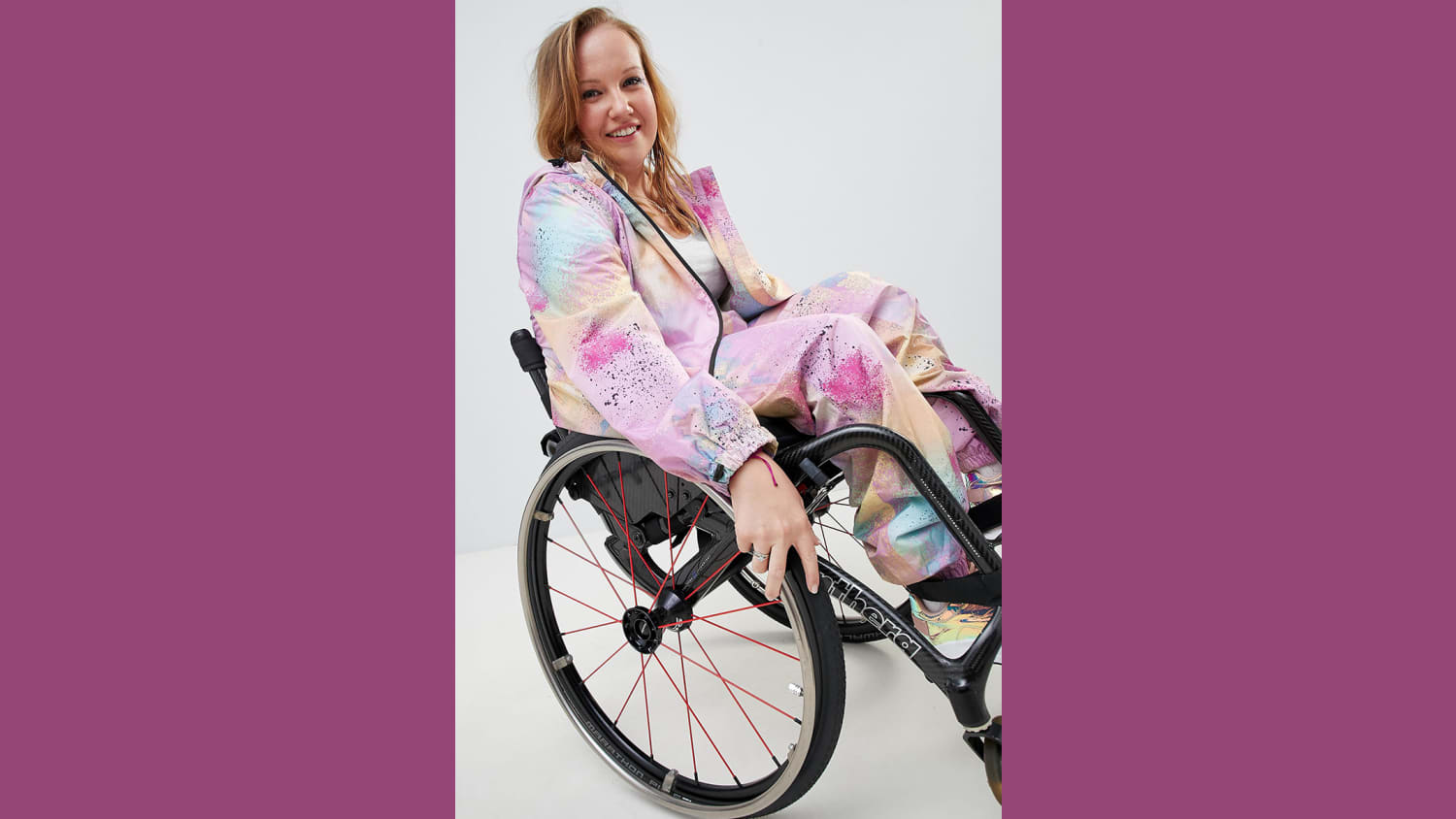
Online fashion retailer ASOS recently launched a waterproof jumpsuit that was designed with wheelchair users in mind. The jumpsuit was made in collaboration with para-athlete Chloe Ball-Hopkins, who worked with ASOS to help the company’s designers understand the needs of wheelchair users. As well as being fully waterproof, the jumpsuit has adjustable cuffs to alter sleeve length and a zip around the waist, making it easier to remove.
“It was just literally those little tiny details that make the difference to people like me,” said Ball-Hopkins in an interview with the BBC. “We don’t want to have to look like we’re just doing practicality, we still want to be able to look fashionable.”

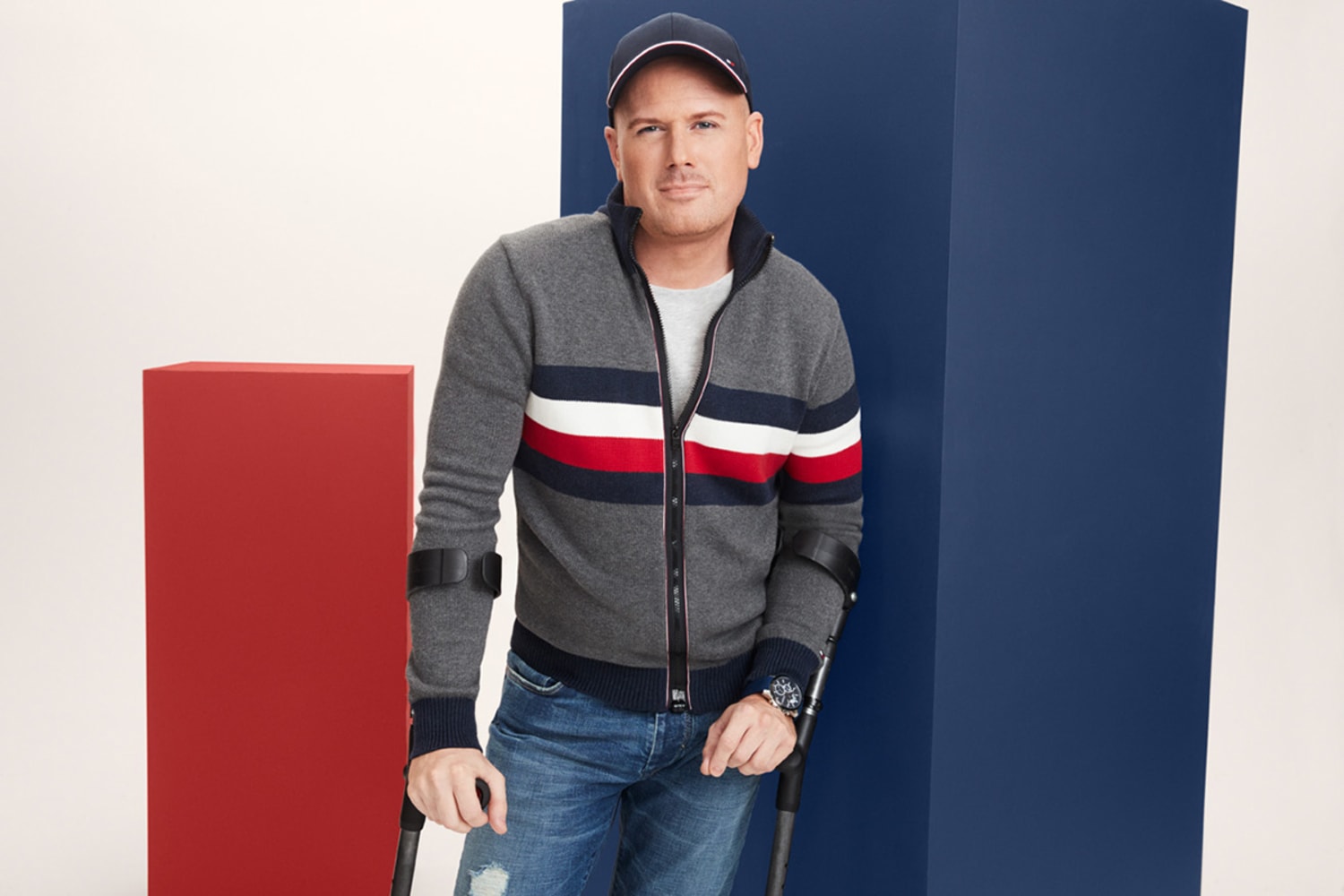
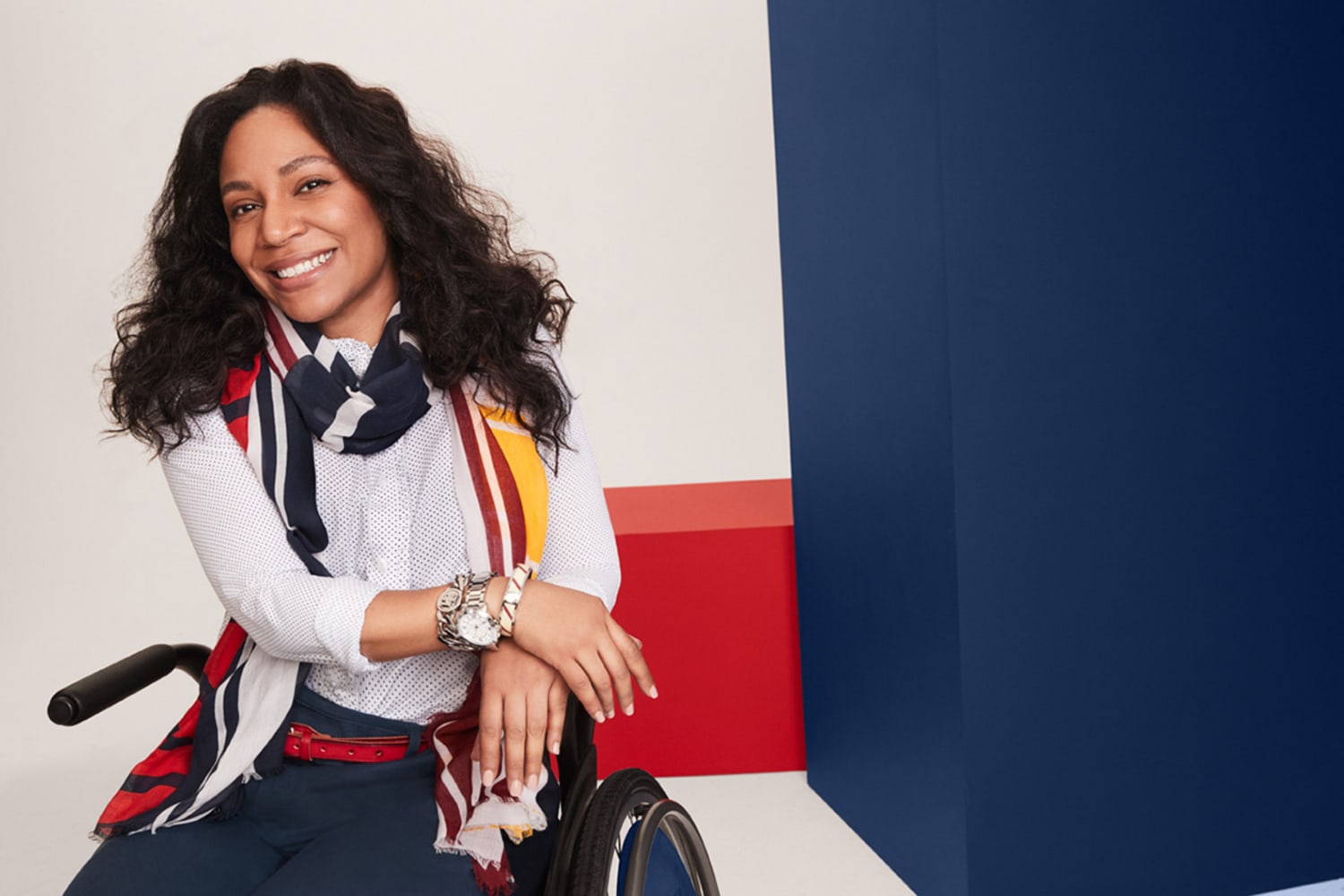
Tommy Hilfiger’s spring 2018 collection included a line of adaptive clothing with magnetic buttons, adjustable hems and Velcro closures for men and women. This follows the success of Hilfiger’s 2016 adaptive clothing range for children, which was created in collaboration with Runway of Dreams, a nonprofit seeking to make fashion more accessible for people with disabilities. Earlier this year, Target also released an adaptive clothing range, which is thoughtfully engineered for adults with disabilities and special needs. The line offers sensory-friendly items with flat seams, soft fabrics and heat-stamped labels rather than tags, as well as denim with a high-rise back, longer inseams and wider leg openings to make dressing easier.

The mass-market fashion industry is additionally diversifying representation by featuring disabled models in its campaigns. American Eagle’s intimates brand Aerie recently released a lingerie campaign starring women with chronic illnesses; one model is pictured with her insulin pump, while another is photographed with her stoma bag. Irish retailer Primark’s latest campaign spotlights model Kelly Knox, who was born without an arm. The positive feedback has been overwhelming; the image of Knox has become one of Primark’s most-liked Instagram photos, receiving thousands of comments and over 115,000 likes as of August 2018.
It’s clear that this shift to a more realistic reflection of usership is resonating with consumers and encouraging positive brand engagement.
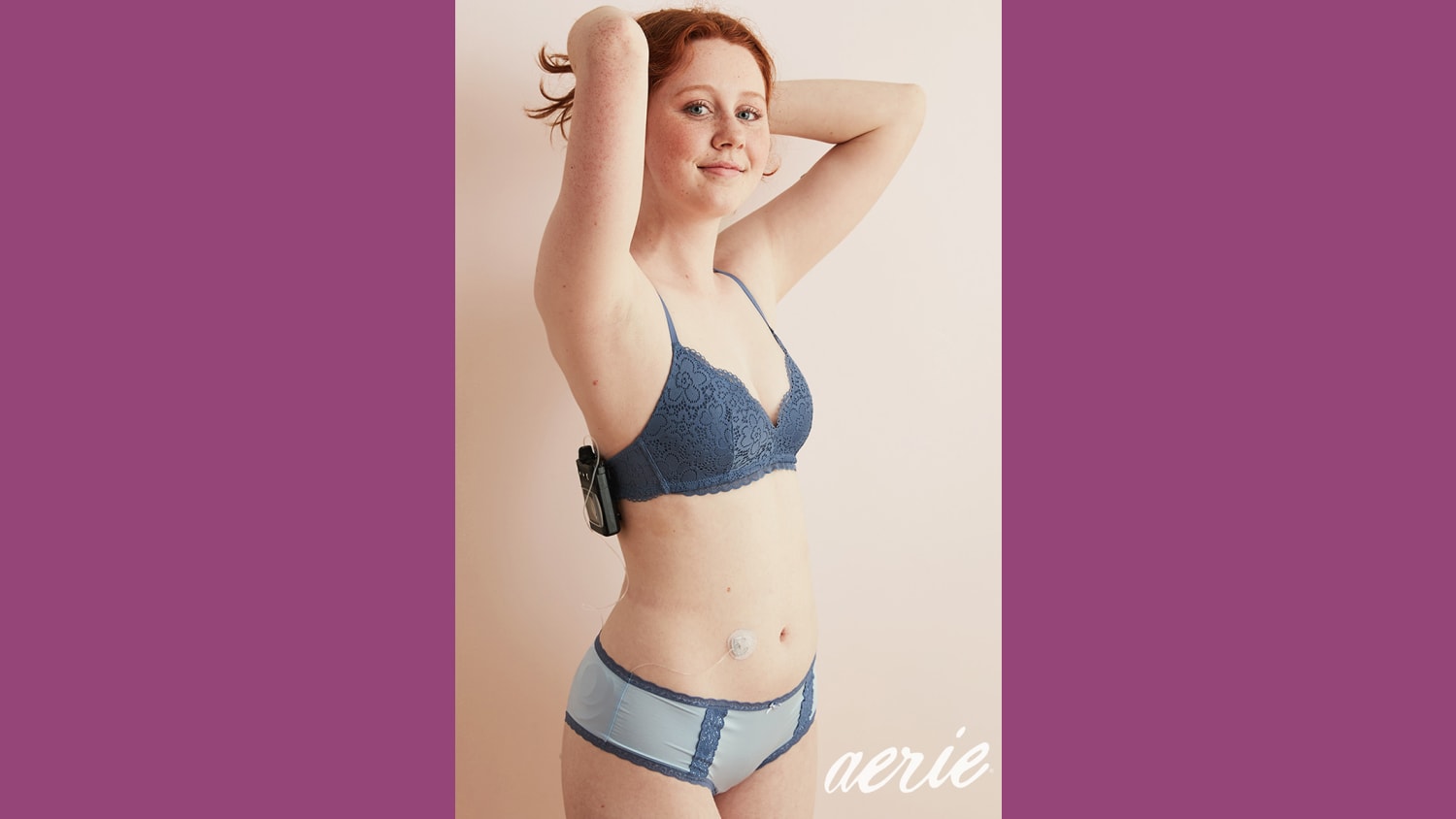

Please provide your contact information to continue.
Related Content

VML Portugal launches Compal Origens with Pink Guava flavor from Brazil

